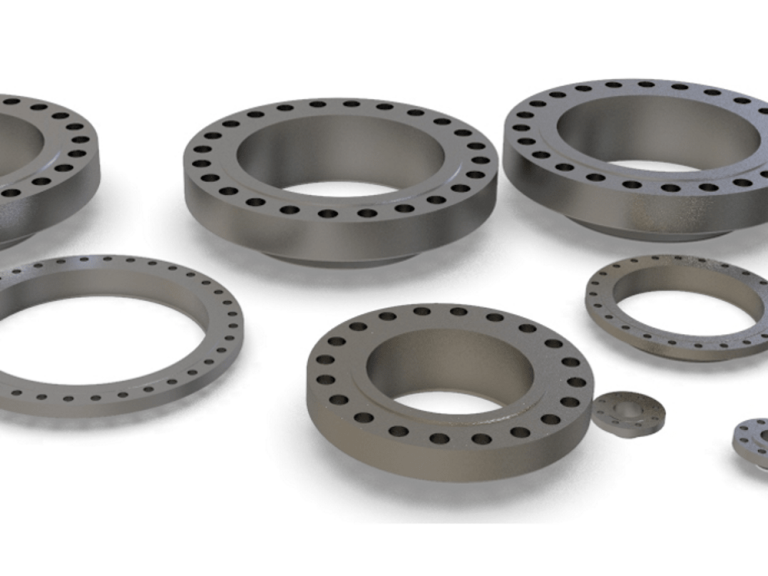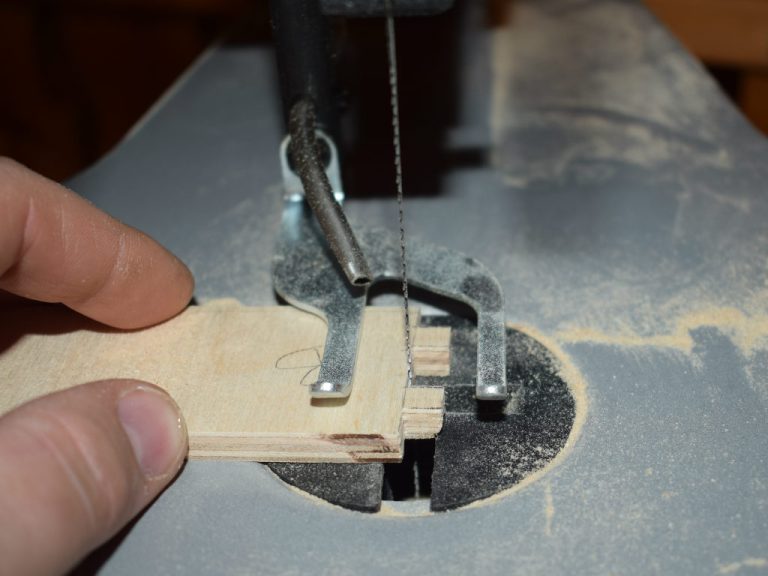Valves in Fluid Systems and Construction: Key Components for Efficiency
Valves are indispensable in controlling fluid flow across many applications, from household plumbing to industrial operations. Their role extends to construction projects where they regulate water systems that are reinforced by geogrids for structural stability. Understanding how valves function is essential for maintaining system efficiency and preventing damage.

How do valves work in a fluid system?
A valve regulates fluid flow by adjusting the size of the passage through which the fluid travels. Depending on the application, valves can be manually operated or fully automated. By controlling flow rate and pressure, valves ensure that fluids move efficiently and safely through systems.
What types of valves are available for different uses?
There are several types of valves, each suited for specific functions:
- Gate valves: Open and close the flow of fluids entirely.
- Ball valves: Known for quick and reliable flow control.
- Butterfly valves: Provide space-saving solutions for controlling fluid flow.
- Check valves: Ensure one-way fluid flow to prevent backflow.
- Globe valves: Best for regulating flow in high-pressure systems.
Choosing the appropriate valve depends on factors like pressure, space, and the nature of the fluid.
How are valves used in construction and civil engineering?
Valves play a critical role in construction, especially when combined with geogrids. Geogrids provide structural support and prevent soil erosion, while valves manage water flow in drainage systems. Together, they enhance the safety and longevity of construction projects like retaining walls or roadways.
What are the steps to maintaining valves?
Maintaining valves involves regular inspections for leaks, cleaning internal components, and replacing seals or gaskets as needed. Proper lubrication of moving parts is also important. In construction environments, where geogrids and valves work in tandem, this ensures the system’s long-term effectiveness.



